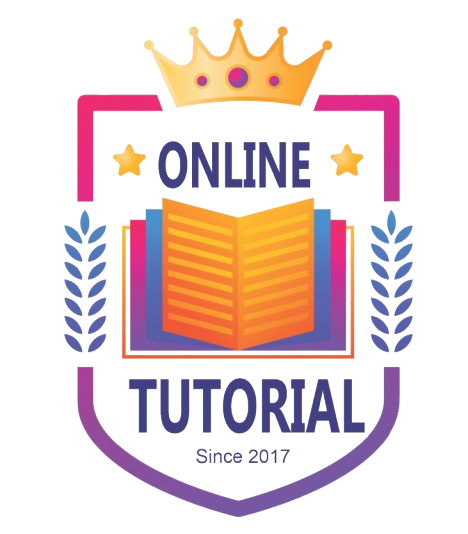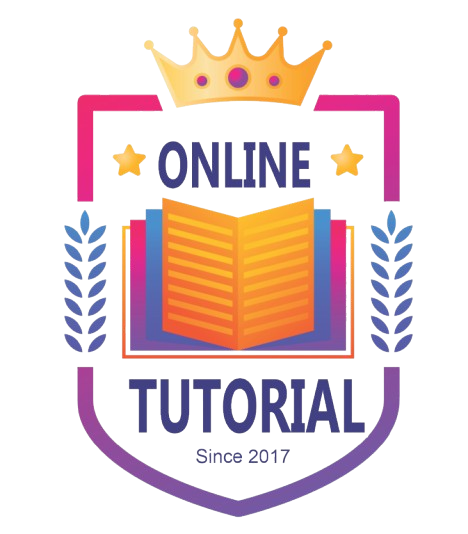Demystifying Grammar: A Guide to the Rules That Matter
Grammar can seem like a complicated set of rules, but it’s really the framework that helps us communicate clearly. Think of it as the agreed-upon structure for language, making sure our messages are understood. While there are countless rules, focusing on a few key concepts can dramatically improve your writing.
The Big Three: Sentence Structure, Punctuation, and Parts of Speech
1. Sentence Structure 📝
Every complete sentence has two core components: a subject and a verb.1 The subject is the person, place, or thing performing an action, and the verb is the action itself. For example, in “The dog ran,” “dog” is the subject and “ran” is the verb.
- Avoid run-on sentences. These happen when you join two or more complete sentences without proper punctuation or a conjunction (like “and,” “but,” or “so”).
- Incorrect: I went to the store I bought milk.
- Correct: I went to the store, and I bought milk.
- Fix sentence fragments. A fragment is an incomplete thought, often missing a subject or a verb.
- Incorrect: Because I was tired.
- Correct: I went to bed because I was tired.
2. Punctuation ✍️
Punctuation marks are the traffic signals of writing. They tell the reader when to pause, stop, or change direction.
- Commas (,) are used to separate items in a list, set off clauses, and join sentences with a conjunction.
- Example: I bought apples, oranges, and bananas.
- Semicolons (;) are used to connect two closely related complete sentences.
- Example: The sun was setting; the sky was a beautiful orange.
- Apostrophes (‘) show possession or are used in contractions (e.g., “it’s” for “it is,” “they’re” for “they are”). Be careful not to confuse “its” (possessive) with “it’s” (it is).
3. Parts of Speech 🗣️
Understanding the role of different words in a sentence helps you build and correct them.
- Nouns are people, places, things, or ideas (e.g., student, park, book, freedom).
- Verbs are actions or states of being (e.g., run, is, think).
- Adjectives describe nouns (e.g., happy, red, large).
- Adverbs describe verbs, adjectives, or other adverbs (e.g., quickly, very, well).
Mastering these core rules will make your writing clearer and more professional. It’s not about being a perfect grammarian, but about using the right tools to get your message across effectively.

